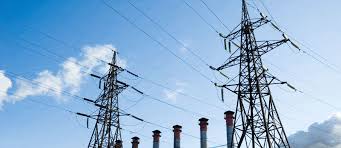
The Energy Transition has a Distribution Problem
In the power landscape, one particular graph has been a key area of focus: the Lazard Levelized Cost of Energy chart. An Energize-equivalent summary of the chart is below:

As the chart highlights, renewable energy is now more cost effective than the ongoing operating costs of conventional generation. Wind and solar are the cheapest form of new energy generation. And batteries will be paired with these intermittent generation sources to further decelerate carbon-based generation.
Despite rooftop solar’s breakneck growth, big swaths of the US will continue to be served by a utility-scale generation source. And renewable energy’s greatest inputs (wind, solar) are generally most abundant outside of key metropolis areas – see the graph below and the wind speeds in the middle of the country!

Many power developers are placing big investments in utility scale transmission lines to move renewable power from the midwest to the eastern seaboard. Just like a startup needs an easy way to get its’ product into customer’s hands, our energy industry needs better mechanisms to deliver our renewable energy to the end-consumer. And unfortunately, digital investments in transmission are mostly nonexistent.
Great platforms, like Arcadia and Level10, are attaining incredible growth by delivering a renewable experience to renewable-inclined consumers and corporations. And firms like Amperon are making congestion and demand data more readily available. Ultimately, we are going to need structural changes to our transmission system. And we suspect that digital solutions will play a big role in that change, just as these digital solutions positively impacted the cost curves for solar & wind costs. If you are working on a digital technology that advances the transmission system, reach out.